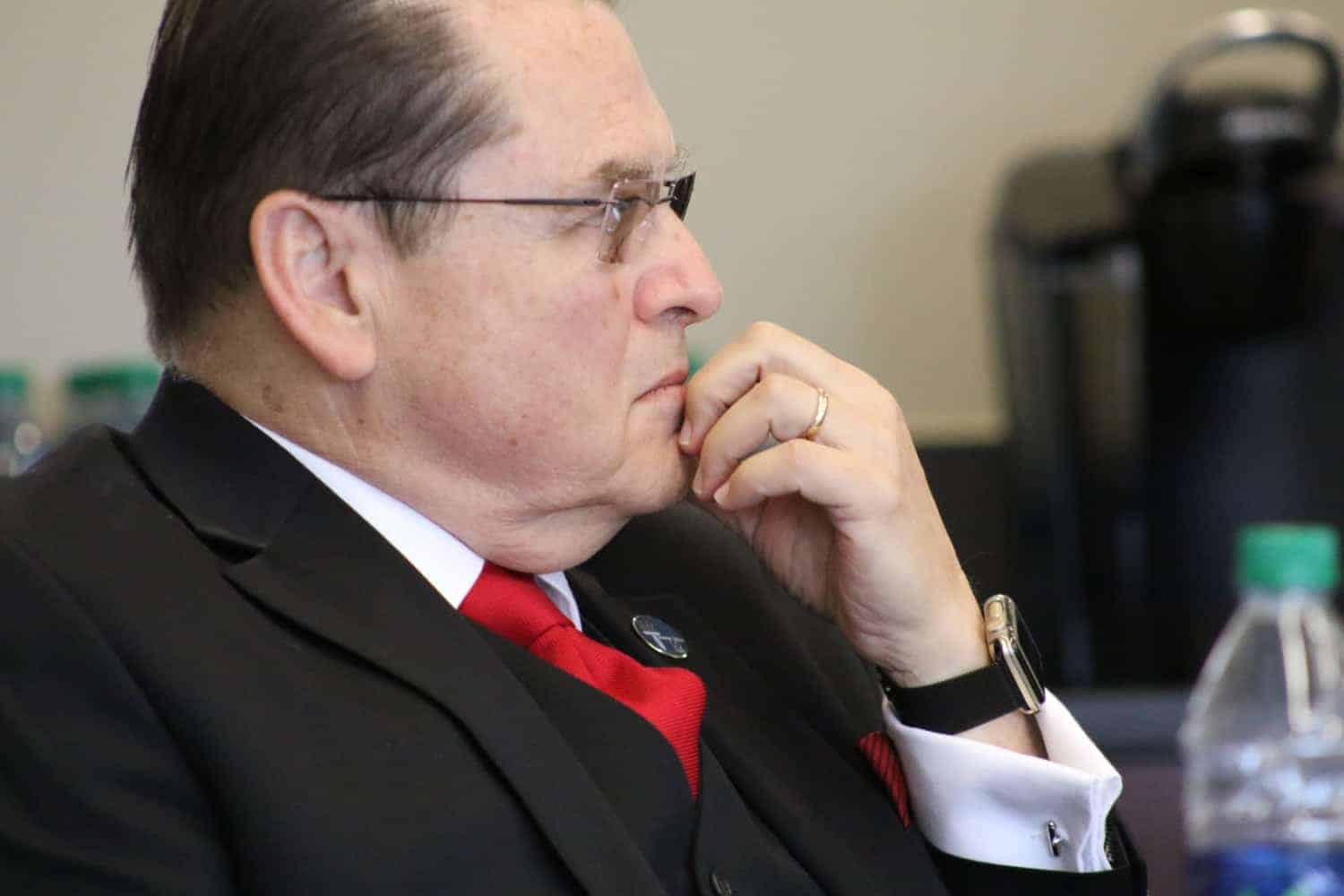Community colleges saw a rise in enrollment during the Great Recession from adults who lost their jobs returning to school. As the economy has picked up, that trend has reversed, but not for Wake Technical Community College.
The largest community college in a system of 58 campuses, Wake Tech — which hosted the State Board of Community Colleges last week — has grown in the midst of a decline in overall community college enrollment.
“We had a model called, ‘Build it and they will come,'” said John Saparilas, the college’s associate vice president in enrollment services, of 2007 to 2011. He said older students were returning and the state had a large influx of high school graduates. “You build a campus. We’d fill it up. You’re sitting at an example of that.”
Saparilas said he sensed trouble around 2012, when he noticed applications were decreasing. “We had a two-pronged problem,” he said. “First problem: the apps were going down, the funnel was shrinking. But also … we weren’t converting our admitted students.”
That “conversion” was not happening, Saparilas said, partly because students simply were not finishing the process of payment and enrollment. They were also applying but choosing to go to nearby four-year institutions, like North Carolina State University instead.
From the 2010-2011 school year to the 2013-2014 school year, the number of Wake Tech applications had dropped 15 percent. “That was proof right there that we had to do something different,” Saparilas said. Since 2014, the number of applications have risen by about 8 percent. The volume still is not where it was in 2010.
The college’s solution had three strategies: increase the number of applicants, make sure those applicants actually enrolled in the college, and create programming that would retain the students and ensure they graduated.
Saparilas said his Strategic Enrollment Management Team, which consisted of representatives from throughout the college, decided to target high school graduates and Career and College Promise participants through the help of an outside consultant. Career and College Promise is the state’s dual enrollment program that allows students who are still in high school to take college-level courses at community colleges or universities for free.
To ensure that students who start the application process actually enroll in the college, Saparilas said the college had to understand the varying needs of their applicants.
“Seventy-five percent of our students that put applications in do it from home,” he said. “They don’t even come in to school. They put their application in, put their transcript in, or take the placement test. It’s the 25 percent that come in that we need to have shoulder-to-shoulder service (with).”
Creating as many points of contact after a student starts the enrollment process is also important, Saparilas said. The college started emailing and texting applicants after they sent in their applications “nudging” them through the process, as well as calling and asking applicants if they had any questions. In the four months before the fall of 2017, Saparilas said the college made 75 points of contact with each potential student.
Wake Tech staff also started making visits to high schools to coach students in-person on the application process. The college’s relationship with Wake County Public Schools, Saparilas said, was integral in growing. Students come to campus annually to tour the school. Gaining the trust of the counselors advising students on next steps after high school was also necessary.
“It’s the counselors and the CDCs (career development coordinators) that are on the front lines with these students, so if we can get them to understand that Wake Tech is a great option, then that’s what we want to do.”
Since 2013, the percentage of Wake Tech’s student population who were high school graduates has increased from 13 to 24 percent. Saparilas said that is especially impressive in the region where the college is located.
“Think about that for a second. We live in one of the highest-educated counties in the country, with four-year schools everywhere around here, so we had to work really hard to change that perception about community colleges for our students to come.”
That mindset shift is something Stephen Scott, Wake Tech’s president, thinks can happen in other areas of the state. Scott, who is retiring soon, started working in the community college system in 1972.
“It was a problem then. It still exists today,” Scott said of the perception of community colleges as a second-tier option in higher education. “But certainly we have, in this market, just about overcome it with quality graduates.” He said he worked in Kinston for 11 years and believes rural areas can break through the stigma as well.
Watch Saparilas’s full presentation below. The State Board of Community Colleges will meet again in July.



